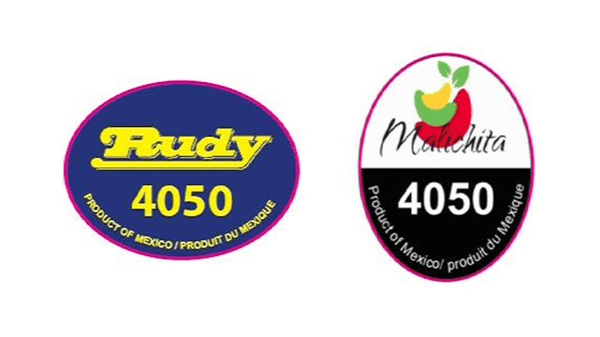The latest battle in the food safety war involves cantaloupe, both whole and precut.
As of Friday, November 24, the federal Centers for Disease Control reported 99 cases from 32 states, with two deaths. Deadly Salmonella outbreak linked to cantaloupes expands – Produce Blue Book
Two deaths were reported in Minnesota.


“Food contaminated with Salmonella bacteria does not usually look, smell, or taste spoiled. Anyone can become sick with a Salmonella infection. Infants, children, seniors, and people with weakened immune systems are at higher risk of serious illness because their immune systems are fragile, according to the CDC,” observes Food Safety News. “Symptoms of Salmonella infection can include diarrhea, abdominal cramps, and fever within 12 to 72 hours after eating contaminated food. Otherwise, healthy adults are usually sick for four to seven days. In some cases, however, diarrhea may be so severe that patients require hospitalization.”
The infection is not limited to the United States: patients in six Canadian provinces have been affected .
Sofia Produce, doing business as Trufesh, BB #:279467 has recalled all Malichita and Rudy brand fresh cantaloupe because of a possible risk of salmonella. Trufresh expands cantaloupe recall – Produce Blue Book
On November 14, Vinyard Fruit and Vegetable Company BB #:102414 issued a voluntary recall of fresh-cut cantaloupe products.
On November 14, CF Dallas, in coordination with Sofia Produce, also recalled fresh-cut cantaloupe.
Similarly, the Aldi supermarket chain BB #:116756 recalled select cantaloupe and pineapple products because of potential salmonella contamination.
Health officials have asked consumers to throw away these products if they have bought them.
Cantaloupe has been a recurring theme in food safety crises. One well-known case occurred in 2011, when cantaloupe from Colorado-based Jensen Farms led to an outbreak of listeriosis. Authorities attributed 147 cases of listeriosis to Jensen cantaloupes. “Thirty-three victims died within weeks of consuming the melon, and another ten died months later, possibly as a result of the infection,” notes Timothy D. Lytton in his book Outbreak: Foodborne Illness and the Struggle for Food Safety.
The additional risks of precut fruit are well known: each slice of the blade is a potential source of contamination. But why should whole cantaloupes be implicated? After all, the fruit remains untouched until the consumer takes it home.
“The netted rind of cantaloupe, which can harbor pathogens, is difficult for consumers to effectively sanitize,” Lytton observes.
Of course, nobody eats cantaloupe rind, but it is impossible to get to the fruit without cutting through the rind, meaning that the knife of even a well-meaning consumer can spread germs from the rind to the fruit—which is rarely if ever washed before eating.
Despite all efforts, the war on food pathogens is and will be an endless one, because the struggle is not with humans but microbes.



